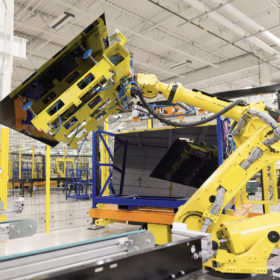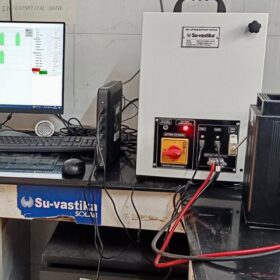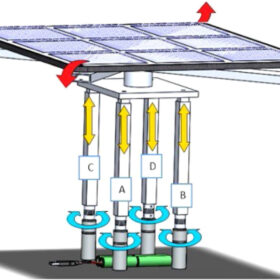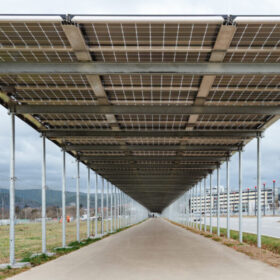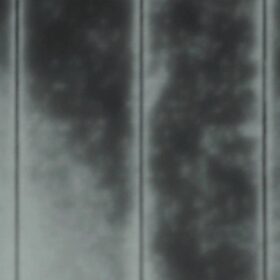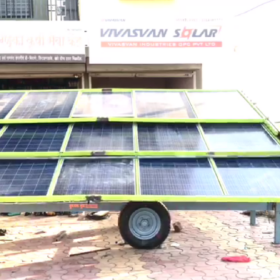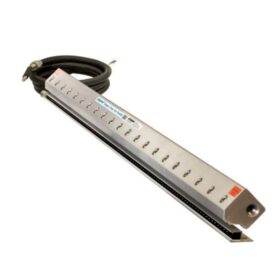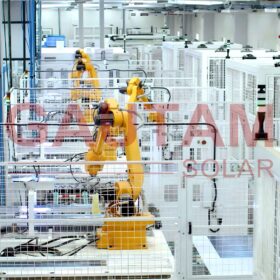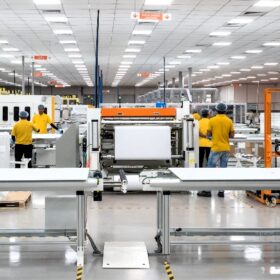Exide targets 12 GWh of li-ion cell capacity by 2027
Gayatri Dadheech, chief technology officer at Exide Industries Ltd, told pv magazine their first-phase 6 GWh lithium-ion cell manufacturing capacity in India would become operational by December next year and will produce lithium ferro phosphate (LFP) and nickel-manganese-cobalt (NMC) cells. The following 6 GWh, targeted by 2027, could be based on advanced lithium-ion, solid-state, or other battery technology.
New turf for thin films
Thin-film technologies have long promised to make a major impact on the solar industry but have largely been constrained to niche applications and research labs if they were not shredded by the market. After several false starts, current trade dynamics and promising research programs may help solar thin films find their place in the sun.
What’s cooking in a farmhouse factory
Kunwer Sachdev, the founder of Su-kam brand inverters in India, has converted his farmhouse in Gurugram into an R&D and manufacturing facility for new-age solar and lithium battery storage products under his new venture Su-vastika Systems. He speaks to pv magazine about their offerings including mobile energy storage, lithium battery tester, solar inverters, and more.
Low-cost, portable sun-tracker for offgrid solar
Mauritian researchers have developed a solar tracker prototype that increases current by around 37%. The device uses a simplified and mechanical tracking system.
Germany’s first photovoltaic cycling path goes online
Badenova has installed 912 glass-glass PV modules along a cycling path in the city of Freiburg, Germany, as part of a new pilot project.
Study shows n-type bifacial TOPCon cells more prone to degradation than p-type
Dutch scientists have reported higher degradation risk for n-type TOPCon cells with EVA encapsulant due to potential moisture degradation. Front-side metallization makes n-type cells more vulnerable than p-type cells, according to damp heat tests.
PV-powered robotic lawn mower from New Zealand
Researchers from Massey University in New Zealand have developed a robotic lawn mower with three 50 W solar panels and a 20 Ah lithium-iron-phosphate (LiFePO4) battery. Two of the PV panels can be retracted and stacked inside the robot. They slide out when it needs to recharge its batteries.
Mobile solar system for agricultural farms
India’s Vivasvan Solar has designed a foldable solar structure mounted on a trolley. The system employs mechanisms to prevent damage to the panels during transit and is especially useful for agricultural farms.
Dust removal for solar panels via electrostatic cleaning
A Jordanian research team has designed a cleaning technique for solar modules that uses static electricity to remove dust from panel surfaces. The system features an electrostatic ionizer that reduces attraction between dust particles and their accumulation on modules, improving their energy yield.
PV-powered underground heat exchanger for buildings
Researchers in India have combined PV generation with heat produced by an earth-to-air heat exchanger to provide buildings with space heating and cooling. They say the proposed system could result in an annual energy gain of 8116.7 kWh.

